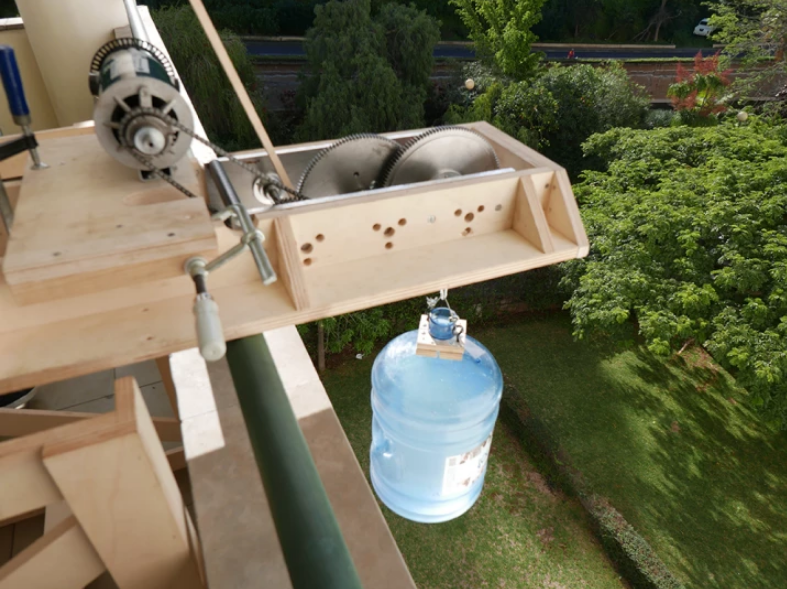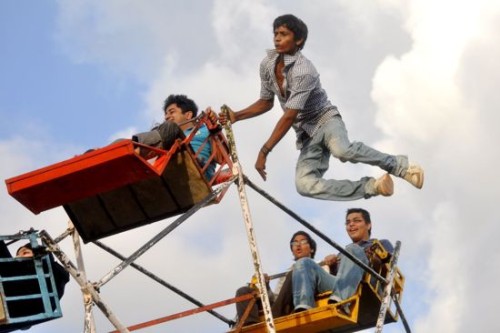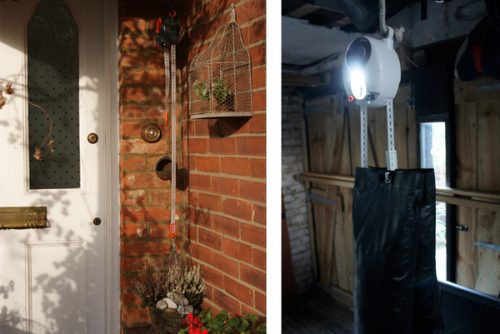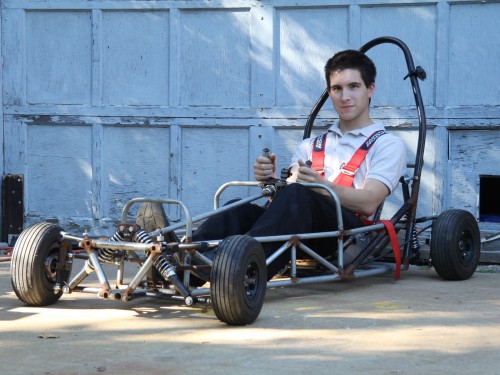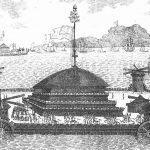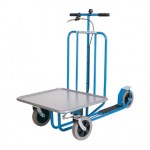The Reconstrained Design Group at the Madeira Interactive Technologies Institute in Portugal “challenges the dominance of the grid system through developing functional prototypes that operate outside of its control”.
Solutions include gravity batteries to provide night-time storage from solar or wind power using the natural phenomenon of gravity in vertiginous regions. The uniqueness of this battery is its ability to be built, installed and maintained by local communities using local materials and techniques and to not rely on any external help or funding. It uses basic physics principles to provide an easily achievable and efficient way to store energy without conventional battery systems.”
Also check out their manifesto and publications.
